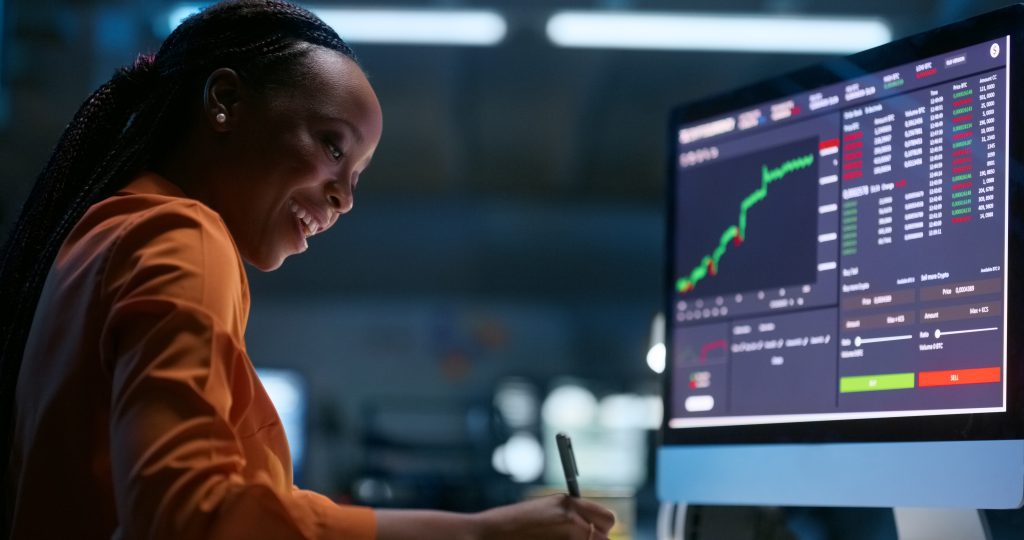The total value of all cryptocurrencies reached a record high of $3.9 trillion in December, shortly after Donald Trump was elected president on November 5. Trump’s pro-cryptocurrency stance during his campaign prompted investors to anticipate favorable government policies and reduced regulations, potentially enhancing the sector’s value.
XRP (XRP -3.59%), developed by the company Ripple in 2012, emerged as a standout performer last year with a remarkable 235% increase. Bitcoin (BTC -2.58%) also achieved a notable return of 119%, reinforcing its status as the largest cryptocurrency globally.
However, the beginning of 2025 has been challenging for both currencies. While XRP has seen a slight rise this year, it is down 32% from its peak over the past year in January. Bitcoin has faced a 14% decline to start the year. For those who believe in the potential of cryptocurrencies, these recent drops may present an opportunity. But which is the better investment this year—XRP or Bitcoin?
The case for XRP (Ripple)
Transferring money internationally can be both slow and costly. Networks such as SWIFT (Society for Worldwide Interbank Financial Communication) were developed to improve communication among global banks and expedite transaction settlements; however, not all banks participate, leaving a gap in solutions.
Ripple established the Ripple Payments network to address this issue, enabling direct communication among banks regardless of their infrastructure, allowing for transaction settlements in seconds rather than days.
Ripple introduced the XRP token to standardize these transactions. For example, an American bank can convert U.S. dollars into XRP tokens, sending those tokens to a Japanese bank, thus avoiding currency conversion fees and additional transaction costs (processing fees are just 0.00001 XRP per transaction, equivalent to $0.000023 currently, a negligible amount).
The case for Bitcoin
Bitcoin’s market capitalization stands at $1.7 trillion, accounting for over half of the total value of all cryptocurrencies, which is $2.8 trillion as of now. Although it remains a speculative asset, many investors regard it as a legitimate store of value, akin to a digital version of gold, due to its unique attributes.
Bitcoin operates on a decentralized system, meaning it is not controlled by any individual or organization. Its supply is capped at 21 million tokens, with about 19.8 million currently mined, while the remainder will be “mined” by 2140. Additionally, its blockchain provides a secure and verifiable record. These qualities exempt Bitcoin from being classified as a financial security, and, as a result, the SEC approved multiple exchange-traded funds (ETFs) for it last year.
The verdict
XRP has a promising practical application within the Ripple Payments network, potentially increasing its long-term value. However, financial institutions are not obligated to use XRP to benefit from the instant payments Ripple offers, as they can also use fiat currencies.
This suggests that XRP remains a speculative asset, which might explain why it has not exceeded its all-time high from 2018, despite last year’s significant rally. Conversely, Bitcoin shows strong momentum, and its recognition as a store of value is gaining traction. Recently, Trump signed an executive order to create a Strategic Bitcoin Reserve within the U.S. government, primarily to hold Bitcoin seized from illicit activities, which may eventually enable the government to buy Bitcoin on the open market, subject to Congressional approval.
This development could further bolster Bitcoin’s value, making it a more compelling investment choice than XRP for this year and beyond.



